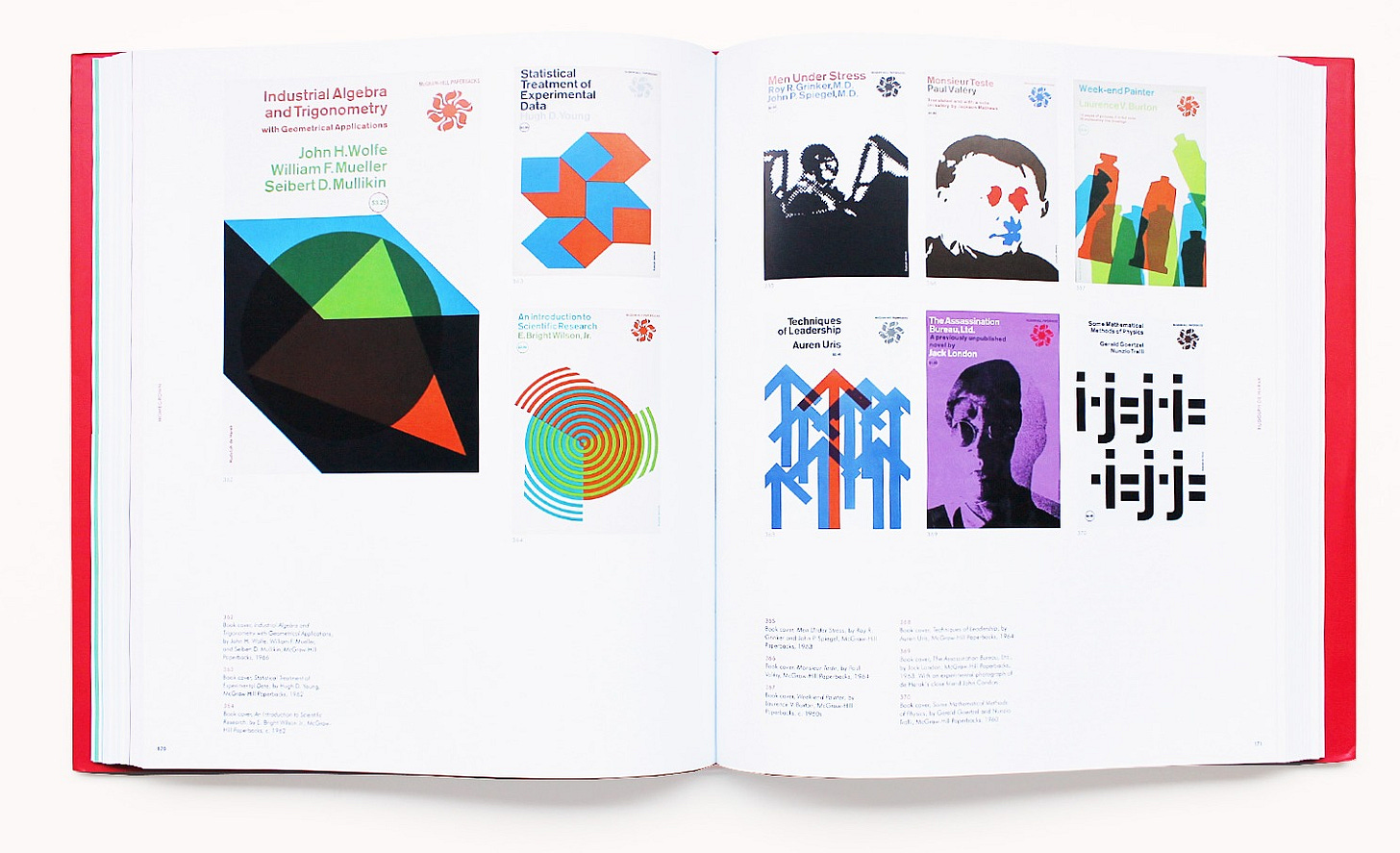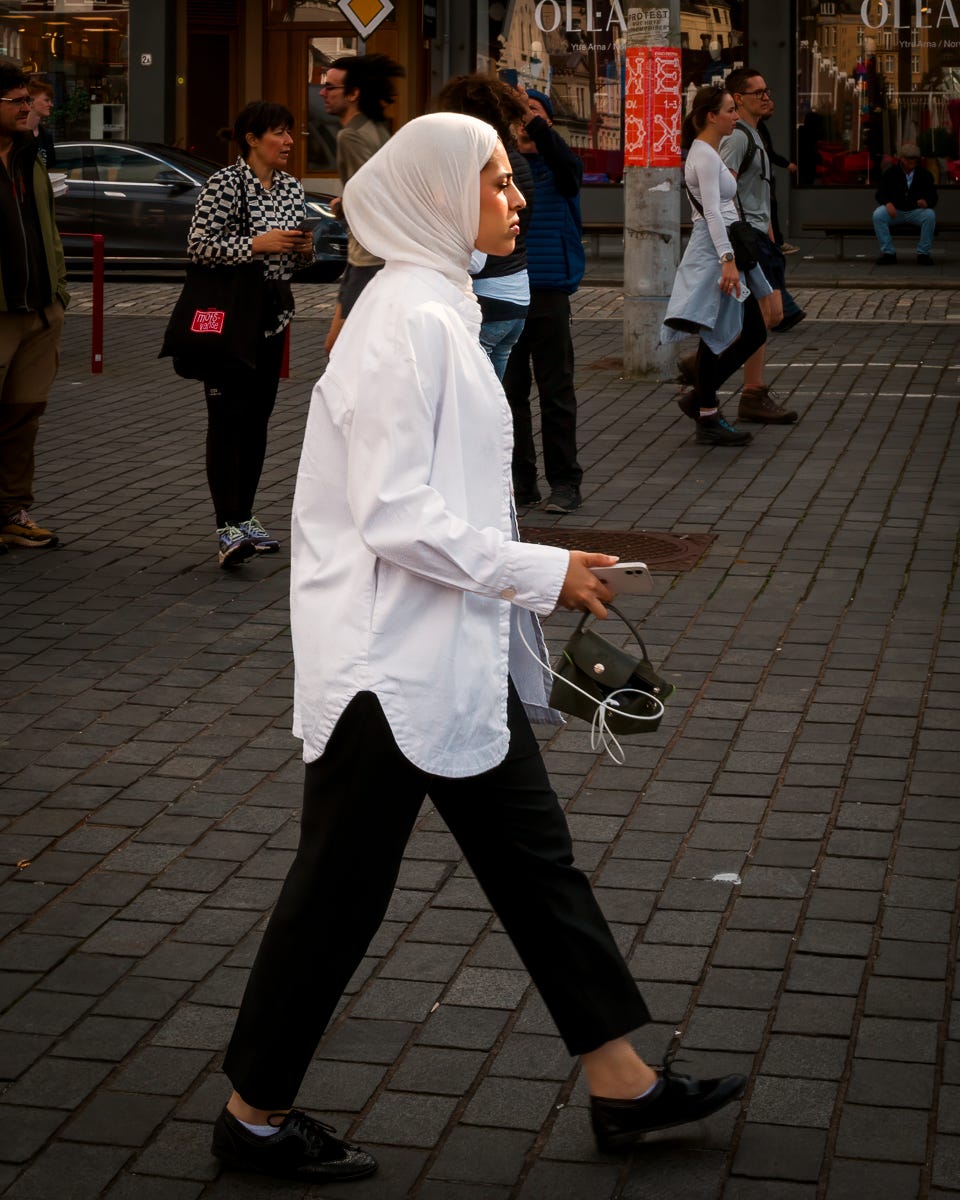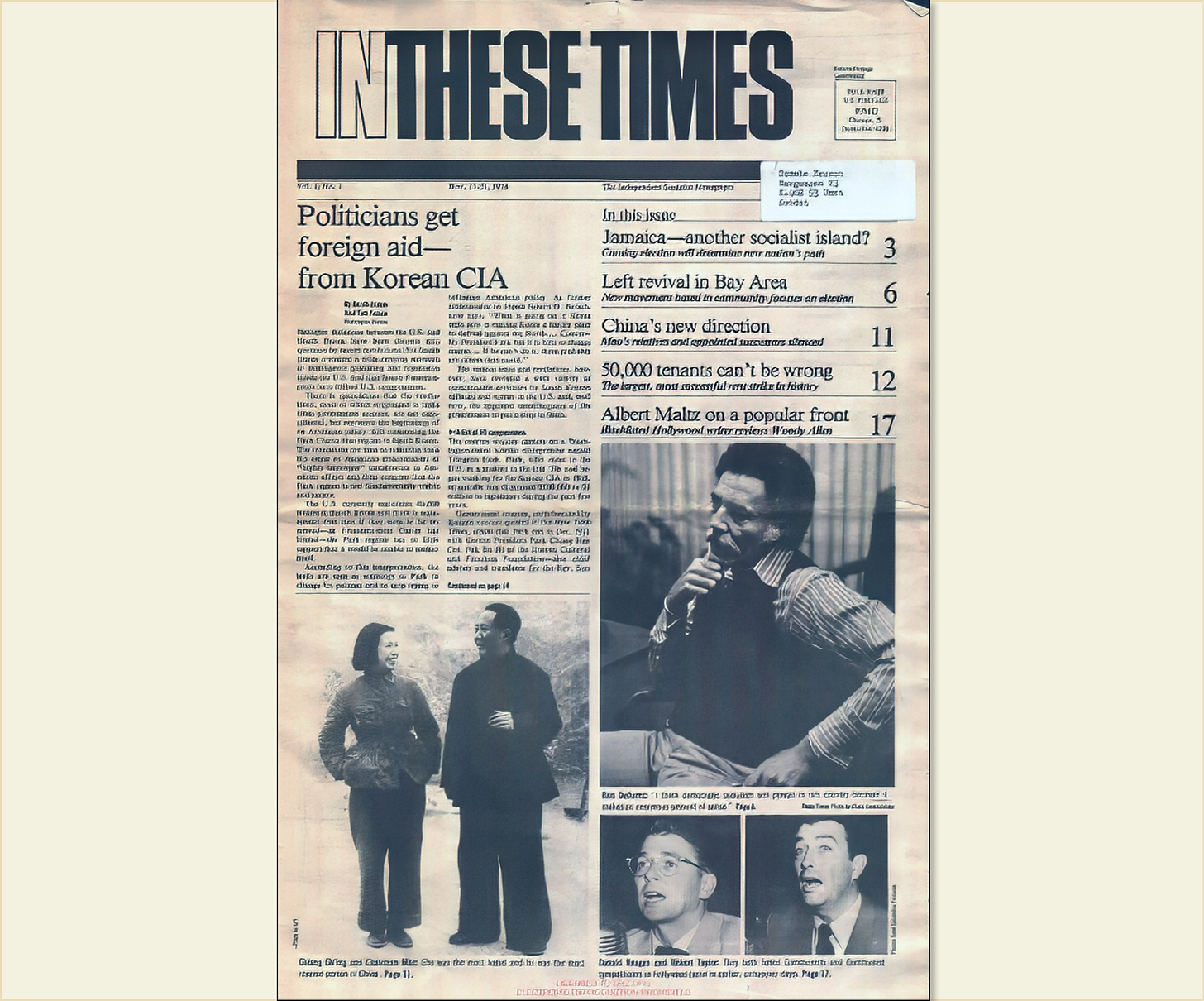Something's bugging Barbara again
Call it Preemptive Rationalization. Plus new exhibit and book recommendations.
WHAT’S BUGGING BARBARA?

Shoddy Excuses
By Barbara Ramsey
HERE’S A PHRASE we all hate to hear: “With all due respect…” Which means you will soon be disrespected to the max. The key word is “due” and not “respect”. “Due” signals a verbal punch to the solar plexus.
The phrase is supposed to work like a get-out-of-jail-free card. The speaker thinks, “No one can accuse me of disrespect!” Oh yeah? Yes, we can. No one ever says, “With all due respect, I absolutely love your shoes”.
The phrase is the identical twin of “No offense intended, but...” The “but” reveals everything. Offense is not only intended but eagerly anticipated. Preemptive rationalizations like these are employed to obscure the fact that the speakers know exactly what they’re doing. They merely wish to be absolved of their sins immediately prior to committing them. You want absolution? Take that up with your priest or pastor or rabbi or mom.
Don’t get me wrong. I believe in giving offense when needed. Some people deserve—maybe even require—a dressing down. Facing up to a bully or challenging someone who’s in the wrong? Go for it, honey! Just don’t pretend the situation is anything other than it is. And first ask yourself exactly what you’re trying to accomplish.
My friend Steve is a playwright. He once wrote a comedy, The Fun in Funeral, with an obnoxious character who regularly butts into other people’s business. Steve gave the character a line that I love: “Can I say something helpful about your personality?”
The “all due respect” or “no offense” speakers are usually doing exactly that. They’re trying to tell you something helpful about your personality. And that rarely goes well. Preemptive rationalizers are often the same people who believe that the words “brutal” and “honesty” go together. They don’t! Brutality goes with cruelty, it goes with meanness, and it goes with dishonesty. Honesty is difficult exactly because it requires gentleness, humility, and kindness. I suggest trying those things instead.
EXHIBITS
A THOUSAND WORDS is the theme of an exhibit this winter at The Meadwerks in Port Townsend, highlighting photographs that evoke a story. My recent photograph of a young woman walking toward Bergen Harbor was selected for the exhibit, along with those of several outstanding local photographers who participate in a monthly get-together called Print Night. Organized by the indefatigable Rick York, the group has been meeting over the past several years to simply share and discuss their images. Though I’m an infrequent participant, I’ve noticed how Rick and the others have created a warmly supportive atmosphere. Eric and Casey, who run The Meadwerks, are also lovely people and great supporters of local artists. Plus they brew a mean glass of mead. I’ll provide details on the opening when they become available.
Caption contest! Write a caption based on my photograph above. Make up a description or a tiny story—75 words max— and place it in the comments section below.
FOR THE LOVE OF TYPE

Modernism and me
THE BAUHAUS, the fount of modernist design that arose in Weimar Germany, was targeted by Nazis and closed in 1933. Several of its seminal figures, including Walter Gropius, László Moholy-Nagy, and Josef and Anni Albers, subsequently immigrated to the United States. In their beautiful new book, The Moderns: Midcentury American Graphic Design, popular art historians Steven Heller and Greg D’Onofrio follow the trajectory of those inspired by Bauhaus aesthetics to create a new graphic language that thrived in postwar America. The book is organized as an illustrated encyclopedia of the key figures and I’ve delighted in thumbing through them.
I experienced the modernist influence directly when I moved to Chicago in 1976 to design In These Times. Moholy-Nagy founded the Illinois Institute of Technology—initially called New Bauhaus—in that city in 1937. I was briefly tutored by one of its graduates upon arriving and I remember going downtown to see an exhibit by a professional organization of Chicago designers. It was uniformly modernist. The clean, boldly colorful, and often clever graphics were accompanied by type invariably set in narrow columns of nine-point Helvetica. By that time, the revival of humanist typography had already begun under designers such as Roger Black at Rolling Stone, but I was still considered something of an apostate in Chicago for setting our newspaper in Times New Roman! (See below.) Now overused and saddled with dozens of inferior knock-offs, I still find it a lovely typeface in the original cut, which was designed by Monotype’s Stanley Morrison for The Times of London.
THE FIRST ISSUE of In These Times included articles on the end of Mao’s reign of terror and a Woody Allen film review by a member of the Hollywood Ten. The Times Roman typeface I used has since become ubiquitous. Meanwhile, the publication itself has largely drifted away from the founders’ vision of building a new majority, favoring instead an appeal to a moralistic minority. But that’s a story for another day.
Snippets
This excerpt is from The Democrats and the Rise of Racial Radicalism, an essay in The Liberal Patriot by Ruy Tuxeira and John Judis, one of the founding editors of In These Times. They are co-authors of Where Have All the Democrats Gone?: The Soul of the Party in an Age of Extremes. It appears, at least rhetorically, that Harris is adopting an approach more similar to theirs and Obama’s than to some of Biden’s racial initiatives.
There are tragic similarities between the fate of urban blacks and that of working-class whites in small towns that suffered from deindustrialization and the closure of mines. The racial radicals like Kendi or Coates or the leaders of BLM who champion a guaranteed annual income for blacks, but no one else, don't acknowledge this… There are many things that government can do that would benefit those blacks who remained mired in poverty that would unite rather than divide working class voters. A program of revitalization directed at all the different communities, small towns, and cities affected by deindustrialization might win majority support in the country and even in a divided Congress, but one directed only at blacks will not.







Peripheral vision. You just think I am forward focused.
Black and white is always right.